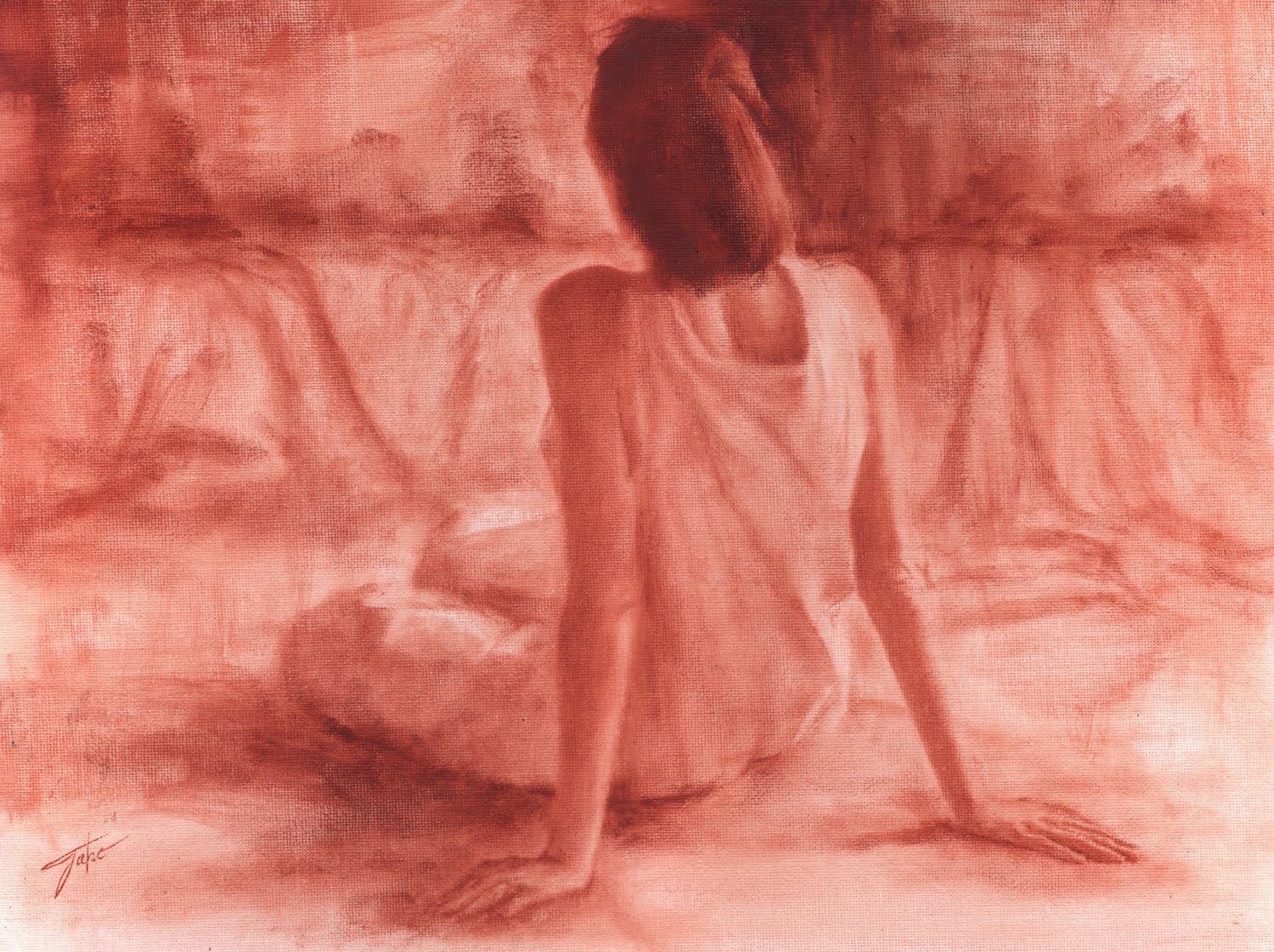“Before the Birth of One of Her Children” by Anne Bradstreet is an epistolary (i.e., in the form of a letter) poem written in heroic couplets—two-line grouping in iambic pentameter with an “aa bb cc…” rhyme scheme. Iambic describes a way to write and read poetry according to stressed and unstressed syllables. An iamb is a unit of poetic meter, or a foot, consisting of one unstressed syllable followed by one stressed syllable. Several types of metric substitutions are employed in iambic poetry, but the iamb is the root, and by far the most common. Pentameter refers to the number of feet in a line of poetry—in this case, five. Bradstreet most commonly wrote in iambic meter, usually in pentameter, but sometimes in tetrameter (four feet). Edmund Spenser and Sir Philip Sidney, who both wrote in iambic pentameter, were two of Bradstreet’s chief influences.
Tone
The tone of this poem is somewhat ambivalent. It is, at the same time, pragmatic and sentimental. Morbid and hopeful. The narrator is about to have a baby, and she is preparing herself and her husband for her potential death in childbirth (this was very common in the 17th century).
A common thing, yet oh inevitable.
How soon, my Dear, death may my steps attend,
How soon’t may be thy Lot to lose thy friend, (lines 6-8)
She wants her husband to remember her fondly, to continue to love her.
And when thou feel’st no grief, as I no harms,
Yet love thy dead, who long lay in thine arms. (lines 19-20)
The narrator also acknowledges (and not without some passive-aggressive jealousy) that he may have to take another wife once she dies.
And if thou love thyself, or loved’st me,
These o protect from step Dames injury. (Lines 23-24)
Theme
This poem, whose title contains the word “birth,” is about death. More specifically, it deals with the idea of legacy. It is the narrator’s farewell letter to the world and her family. She is instructing her husband on how to remember her.
The many faults that well you know I have
Let be interr’d in my oblivious grave;
If any worth or virtue were in me,
Let that live freshly in thy memory (lines 15-18)
She asks her husband to burry her faults with her body and allow her graces to live on in his heart. All people want to be remembered—and to be remembered warmly—after they die. This quest for a sort of immortality is very human and has been a popular topic in art and literature since the dawn of civilization.
Metaphor and Symbolism
In the passage above, the narrator’s “oblivious grave” represents that which is forgotten; the grave itself forgets—erases—what is buried within it. As most people living in New England at the time, Bradstreet was a Puritan. Puritans believed that God and Heaven were salvation and that Earthly things were ephemeral. It is merely the narrator’s body (and not her soul) that would be buried in the grave. Therefore, anything else buried along with it would simply disappear—be forgotten.
In line 11, Bradstreet refers to a knot “that made us one.” She refers to a time that it will come untied. This knot is life; it will come untied when the narrator dies.
At the end of the poem (line 27), the narrator asks her husband to “kiss the paper for thy true loves sake.” The paper (on which the letter that is this poem is written) symbolizes his memory of her. She wants him to remember her from time to time, and treasure thoughts of time they spent together in her life.
Language
For the most part, Anne Bradstreet wrote in Modern English. Her writing is relatively easy to follow, but there is still some Middle English sprinkled in, such as the pronouns “thy” and “thine.” Some words, like “dayes” and “joyes” are spelled with e’s that have since been dropped. Poets at this time sometimes employed contractions, such as “soon’t” (soon it) to keep a poem’s meter.
Biography
Anne Bradstreet (1612-1672) was born into a noble family in England. She did not go to school, but her father was very learned and had a great library. Anne grew up devouring classic and modern literature. She immigrated to New England with her husband, Simon, and her parents in the 1630s. It was here that she began writing poetry and gave birth to eight children. Her first book of poetry, The Tenth Muse Lately Sprung Up in America, was first published in London in 1650.
Some online learning platforms provide certifications, while others are designed to simply grow your skills in your personal and professional life. Including Masterclass and Coursera, here are our recommendations for the best online learning platforms you can sign up for today.
The 7 Best Online Learning Platforms of 2022
- Best Overall: Coursera
- Best for Niche Topics: Udemy
- Best for Creative Fields: Skillshare
- Best for Celebrity Lessons: MasterClass
- Best for STEM: EdX
- Best for Career Building: Udacity
- Best for Data Learning: Pluralsight












